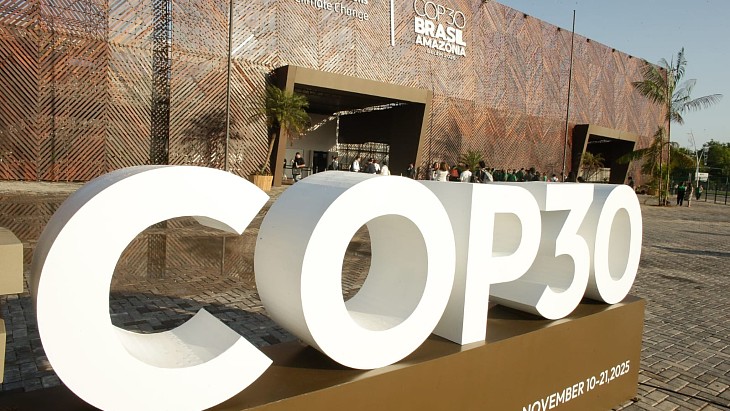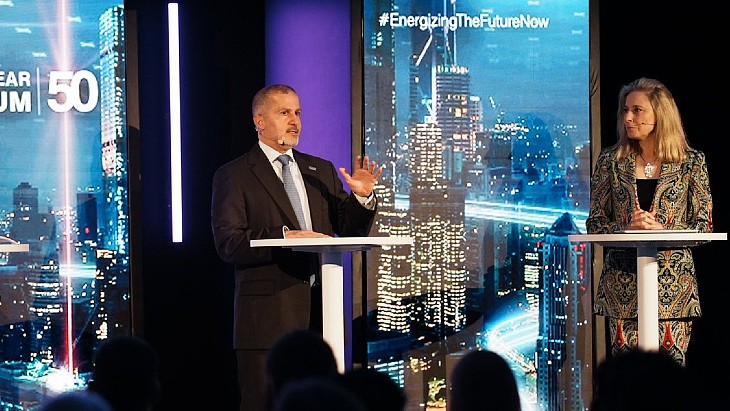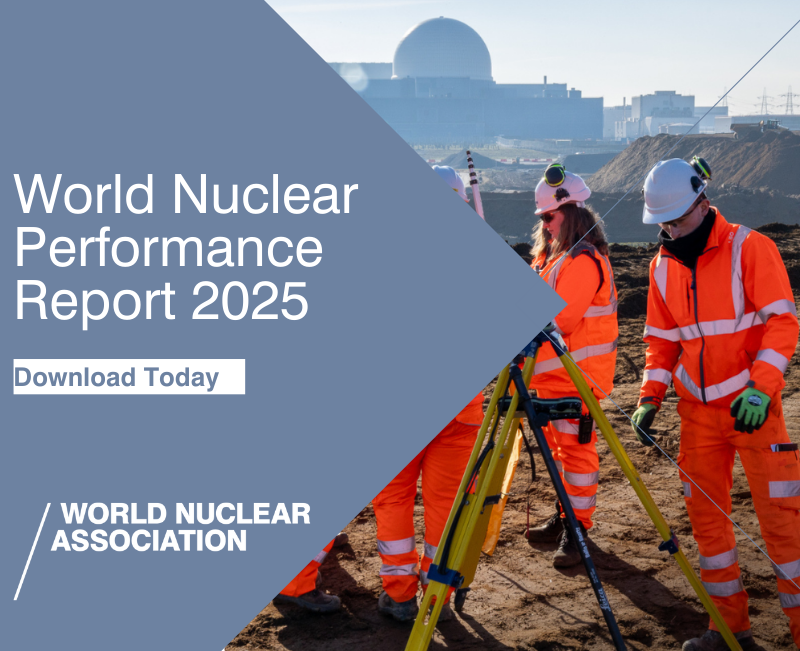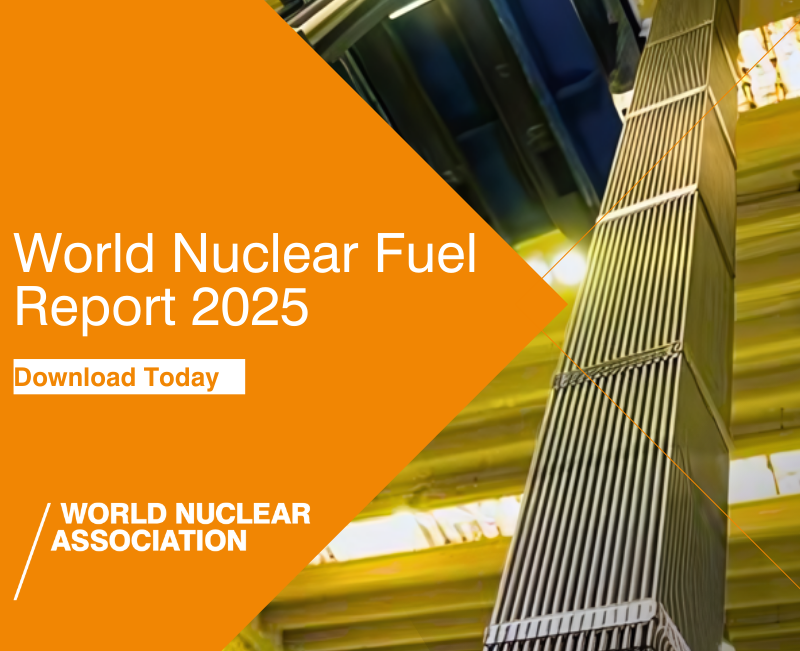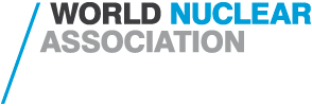The six-person Integrated Safety Assessment of Research Reactors (INSARR) mission took place in the first week of October. It was requested by Romania's National Commission for Nuclear Activities Control and the Institute for Nuclear Research (ICN), operator of the research reactor which entered operation in 1980. The mission was the fourth in that time.
The reactor produces radioisotopes and is used for fuels and materials testing, research and education and training. During its life its modifications have included core conversion from high enrichment uranium to low enriched uranium in 2006, modernisation of the instrumentation and control system in 2009 and refurbishment of cooling systems in 2019. It has hosted three previous missions.
It is currently licensed to operate until the end of 2027, with a decision possible on potential further operation to 2035 pending the completion of a periodic safety review, the IAEA said.
Amgad Shokr, mission team leader and head of the IAEA’s Research Reactor Safety Section, said: "By regularly requesting INSARR missions, ICN has already shown commitment to continued safety improvement. In addition to the identification and implementation of measures addressing the implications of the long operating period of the reactor, the ongoing periodic safety review is another opportunity for ICN to align its procedures and practices with the IAEA safety standards."
The IAEA said the team, which was made up of experts from Argentina, Canada, France and the Netherlands, and two IAEA officials, "observed that the management system, as well as activities and procedures related to maintenance, operational radiation protection, modifications and experiments, and emergency planning, were implemented in line with the IAEA safety standards".
Recommendations and suggestions made included to "strengthen the organisational structure for reactor operation by clarifying roles and responsibilities with respect to safety, enhancing the coordination of the maintenance activities and improving the functioning of the safety committee" and to finalise "the development and implementation of a systematic ageing management programme covering all the reactor's structures, systems and components".
Silviu Stanciu, Manager of the TRIGA Mark II reactor, said: "We strive to continuously improve safety in accordance with the IAEA safety standards. The INSARR mission provided us with valuable recommendations for further improvement, and we are committed to implementing them."

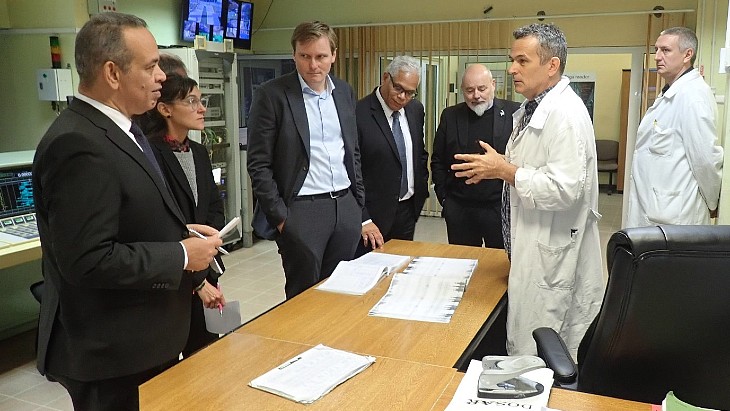



_23621.jpg)
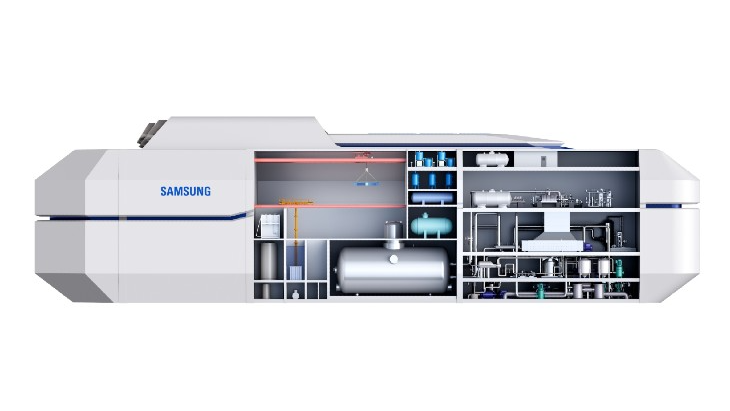
_63865.jpg)
_18570.jpg)
